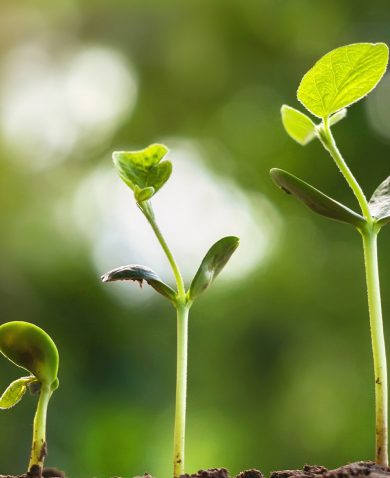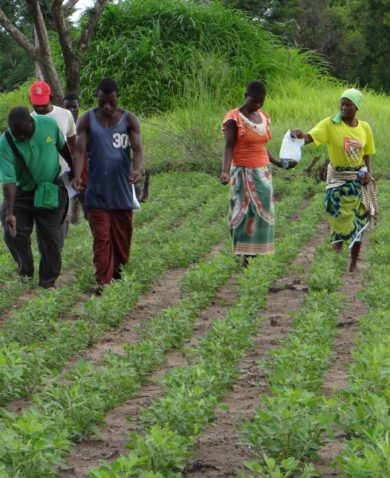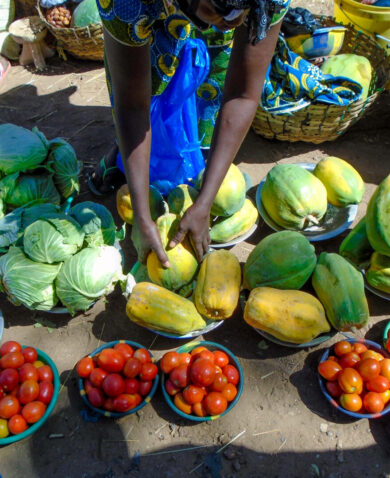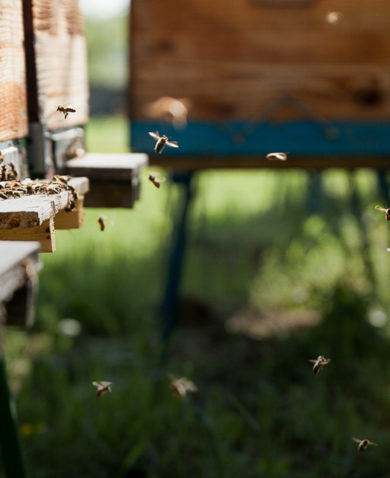Scaling Impact to Ensure Sustainability
Since 2019, the Chemonics-led AGRO activity has been supporting Ukrainian agricultural businesses in the face of economic decline, limited access to global markets, and then the war. AGRO continues to build on the program’s success in supporting Ukrainian farmers by drawing upon important lessons learned about damage assessment, new technologies for more efficient processing and storage of grain and other agricultural products, and analysis of market system behavior patterns.
AGRO supports its stakeholders in damage assessment and recovery with recommendations and hands-on advice to farmers on how to document losses resulting from the war, as briefly shown in this video. The online map of destruction in agriculture, a pioneering approach to documenting damages recognized as such by the Society for International Development in 2022, holds almost 600 assets in evidence of Russia’s crimes against Ukrainian farmers. Over 300 farmers have called the toll-free line for legal advice, which is provided by the All-Ukrainian Agrarian Council that AGRO supports.

By co-investing with 11 grain elevators and planning for 10 more, AGRO aims to ensure at least 300,000 tonnes of simultaneous storage of grain (up to 900,000 tonnes annually, given two to three turnovers in a marketing season) from at least 990 micro-, small-, and medium-sized enterprise (MSME) grain producers. In parallel, AGRO and over 10 enterprises co-invest in technologies for processing grains, oilseeds, and legumes into food, fodder, and industrial products. The goal is to enable grain-producing MSMEs to manufacture competitive, high-value-added products. USAID AGRO is also promoting flour fortification to help processing companies diversify their markets.
Despite continued instability in Ukraine, the agriculture sector continues to supply critical products to global markets. Ukrainian exports of agricultural products have increased substantially and, by the end of 2023, reached near pre-invasion levels for the second time, according to the Famine Early Warning System Network. Ukraine’s Ministry of Agrarian Policy and Food said export levels in December 2023 totaled more than 7 million tonnes; maize and wheat represented 43% and 26%, respectively, of the total exports of agricultural commodities. Rising export levels, helped along by the humanitarian shipping corridor, are providing important support to the Ukrainian economy and connecting more farmers, like Tetyana, with potentially profitable export markets.
Banner image caption: Ukrainian farmer Tetyana Vovchenko sits in a tractor on her farm. The photo was taken by Inna M. Alexsieieva for Chemonics.
Posts on the blog represent the views of the authors and do not necessarily represent the views of Chemonics.


















































